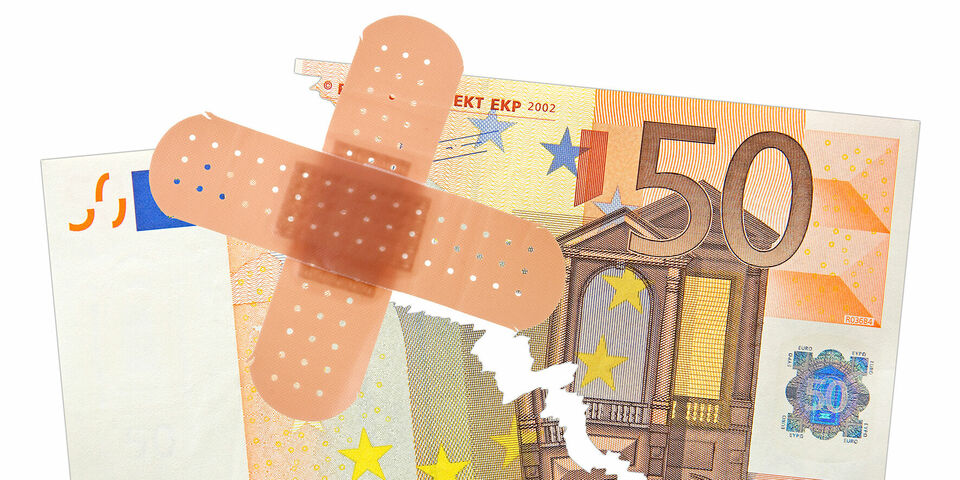‘Soft landing’ for Van Rijn recommendation disappoints
Forty-one million is the additional sum the cabinet will be making available for science and engineering programs in secondary vocational education and higher education in the coming years. This will go only some way towards cushioning the effect of the redistribution of the higher education budget by the Van Rijn Committee.
In the Spring Memorandum 2019 published yesterday it states that the cabinet will make an additional 41 million euros a year available over the long term “in order to invest in the program and teaching capacities of science and engineering education in secondary vocational education and higher education”.
Redistribution
Two weeks ago the Van Rijn Committee's recommendation concerning the redistribution of the higher education budget was published. In the recommendation, universities with a relatively large number of science/engineering programs as well as high numbers of students who transfer from other institutions (‘external switchers’) are given a larger slice of the financial pie, at the expense of the other institutions.
If the budget remains unchanged, 70 million euros will be redistributed between the universities in 2019. TU/e and the three other universities of technology should be on average 6.6 percent financially better off. The exact amount of money this involves for TU/e is not yet known.
Financial blow
The Van Rijn Committee was confident that the institutions required to lose some of their budget would have sufficient reserves to absorb the financial blow. At the presentation of the recommendation, Minister Ingrid van Engelshoven said she had “good hope” that the Spring Memorandum would make extra money available to ensure the report had a ‘soft landing’.
That extra money has now appeared, but whether it is enough is debatable. The 41 million euros are destined not only for higher education, but also for secondary vocational education - the proportion of the amount is not stated. Universities with hardly any science/engineering programs, such as Maastricht University Maastricht, stand to gain very little.


Discussion